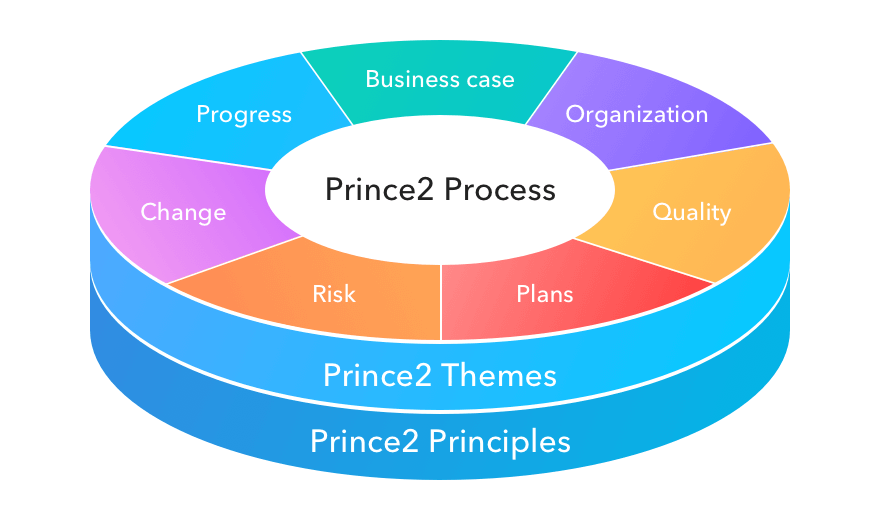Project management describes the discipline and processes for planning, leading, and directing projects and about the overall management of a company’s resources. It includes, as responsible managers, those people who solicit, select, Structure, plan, direct, initiate, and coordinate. This classical mind picture translates into a universal language we use in many situations. The phrase, “Projects are related to people,” reshapes the concept. As you would find on prince2 e-learning course.
Projects are the end products of plans. Projects, too, are backed up and initiated by plans – the brains of managers. When all is said and done, projects are a major drain on resources – especially human resources. In these “conducting” contexts, management processes relate to the behavior and skills (“playbook”) of individuals, and the discipline of the processes relates to the processes associated with the products and their deliverables.
Typically for a project to start, the preceding practices such as budgeting, scheduling, loading, performance measurements, and project plans are used to collect data. Potential risks are also considered to see how the organization will resolve and prevent the risks that have been foreseen. Risk management then follows. Here the role ofpler (management) that is used to capture the resources and spend resources to maintain and deliver the products (products) is designated.
Through design, planning, coordinating, directing, and controlling one and more strategies are formulated to address the issue of attainability. Also, the project, including the change agenda, is deployed.
Execution/implementation. This is where the team checks the plan and lives the new changes. Planning is not complete before the execution phase ensues. In the execution phase, control is extended to the deliverables and completion of the project.
Success. This is the most important and the most challenging aspect of project management. Change and/or additional resources are added and the team meets the end goal. The resources such as budget, people, program, program, and proposal, or whatever, can be allocated during the project or at some point in the project lifecycle. Also the best practices of “Directing” and “Controlling” may be applied to keep the team goal-oriented and moving ahead and keep the project under control.
Success Metrics, of which project success is determined by end goals and successful outcomes, are easily determined so early in the lifecycle and the objectives are stated and re-stated for objectives and milestones. When key milestones are reached, the information from the metrics is used by managers to ensure that project participants are meeting the organization’s key milestones. As a common method of proof that a project is moving forward, goals are submitted to senior management and the team certifies they are on time and within the resources allocated.
Project managers and consultants can benefit from applying the concept of “Project Management” as follows:
1. To conduct project reviews that focus on people, processes, and technology in order to understand how well the team is tracking goals and how effective it is working.
2. In a specific area for a “project” review, be sure to look for any project issues such as structure, or inherent diversity for all involved.
3. Be aware of the “issue analysis” processes used in the project.
If you are considering PMP/MSP certification or appraisals for your project management needs, you will use these skills at all levels of the “project” life cycle. The last article in this series will describe all these needed practices.
A final word, I touched a little on the subject of “self-leadership.” It’s really the difference between those folks who are “in charge” and those who are controlling or directing. Managers and directors impact business in both a positive and negative way – it’s up to project managers and consultants to apply their best skills. They need to keep the team focused and out of the personally negative box!



